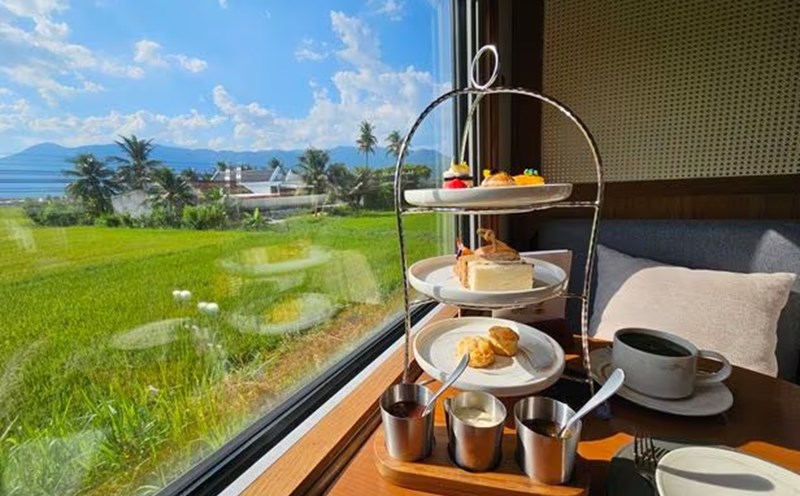At large convenience stores in Vietnam, it is not difficult to find a variety of instant noodle stalls, from domestic noodles, to Korean ramyeon , Japanese ramen or udon or Chinese noodles.
According to the World Instant Noodles Association (WINA), by 2022, Vietnam will consume about 8.5 billion instant noodle packages, ranking third in the world, and ranking first in the world in terms of average number of packages consumed per day. head. On average, each Vietnamese person eats 85 packs of noodles/year.
That is why Vietnam is considered the center of the global instant noodle market thanks to high noodle consumption. Similarly, Korean ramyeon noodle brands also entered the market with great ambitions.
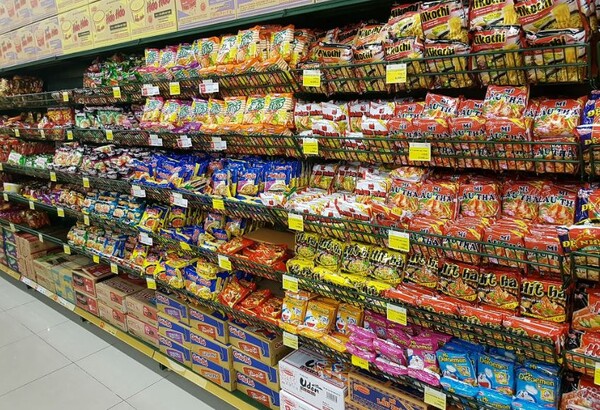
Ramyeon is also considered the Korean version of Japanese instant ramen. Although ramyeon and ramen sound similar, they are two different types of noodles. Japanese ramen noodles have a light, delicate taste, while Korean ramyeon noodles are rich, outstanding in their spiciness and saltiness that permeate each chewy noodle and the water takes a long time to heat. Ramyeon is famous for appearing in almost every K-drama or reality TV show.
However, Koreans are confused when ramen is not as popular as expected in Vietnam, where the wave of Korean culture is very welcome.
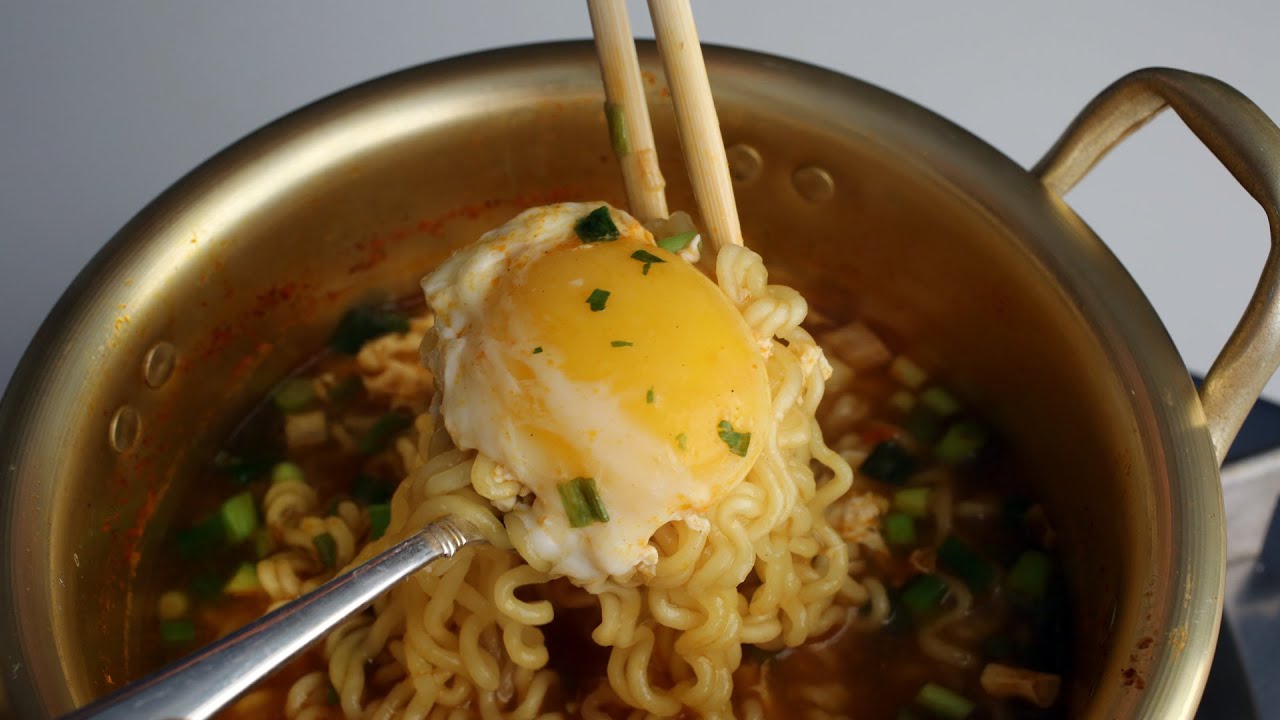
Korean newspaper KBS calls ramen the "pride" of the land of kimchi, but in Vietnam, this dish is not popular with the masses.
Explaining this, Chosun newspaper said that the Vietnamese market is too familiar with domestic noodle brands.
Korean Ramen has a famous brand group called Big4, including Nongshim, Paldo, Samyang and Ottogi all investing in the Vietnamese market. But the first reason Korean companies are facing difficulties is because they are unable to compete on price.
Vietnamese instant noodles usually cost from 200 to 400 won (5,000-10,000 VND). On the other hand, the price of Korean ramen noodles ranges from 1,500 won to 2,000 won (35,000-45,000 VND). That's not a small price difference.
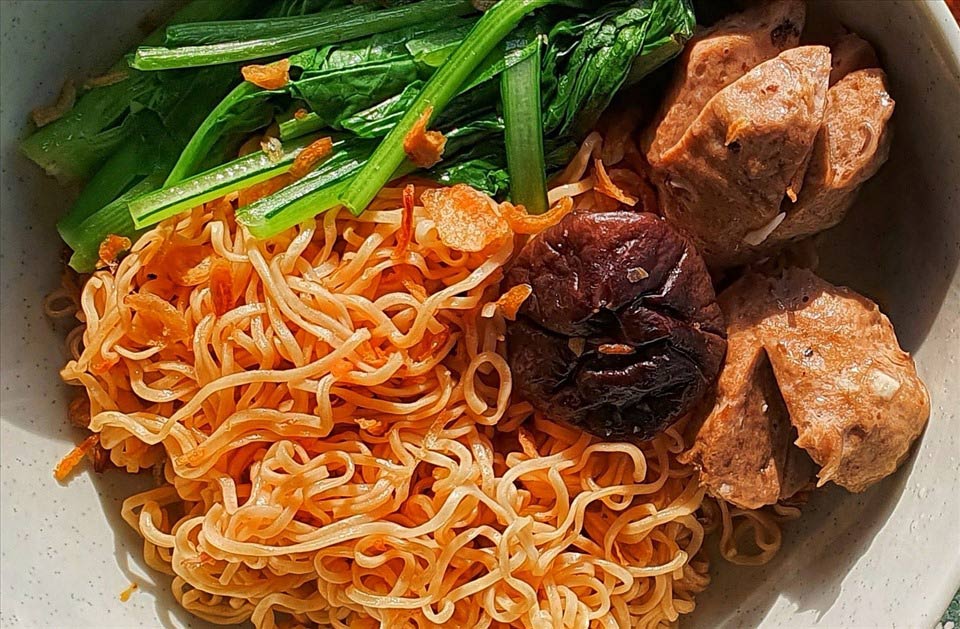
There are also differences in cooking methods. In Korea, consumers are used to boiling water in a pot, adding noodles and boiling for 5 minutes. However, in Vietnam, instant noodles are often prepared by pouring hot water into a bowl and adding noodles. When the noodles are soft, diners can eat them immediately without having to touch the stove or oven...
Instant noodles in Vietnam can be consumed anywhere - just hot water, but diners eating Korean ramen need to prepare many utensils such as pots, stoves... This is clearly a barrier due to differences. about the habit of eating noodles, Korean newspapers pointed out.
The preferences and tastes of the people of the two countries are also different. In Vietnam, local dishes have a lot of spices and many vegetables that cannot be found in Korea. So ramen noodles are not suitable for the taste of Vietnamese people, who eat a lot of vegetables. Korean noodles are often spicy and greasy, with few vegetables served.
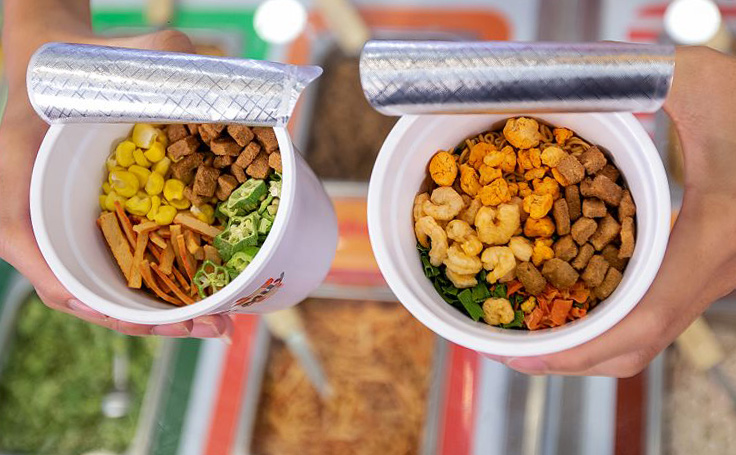
Korean companies often want to keep the unique spicy identity of Korean ramen noodles when marketing products associated with the Hallyu wave. But from the perspective of analyzing the Vietnamese instant noodle market, that is a factor that should be changed to connect with Vietnamese culinary culture.
According to KBS , an official of the ramen company said that changing the noodle formula, soup and ingredients to suit the Southeast Asian market is not easy.
In addition, Mr. Yoo Young-guk, market analyst, author of the book "Why Vietnam Market?", added: "There are limitations for food companies that rely on Popularity of the Hallyu wave, with an emphasis on Korean-style spicy flavors. Instead of focusing on short-term results, understanding Vietnamese culinary culture should be the top priority."



